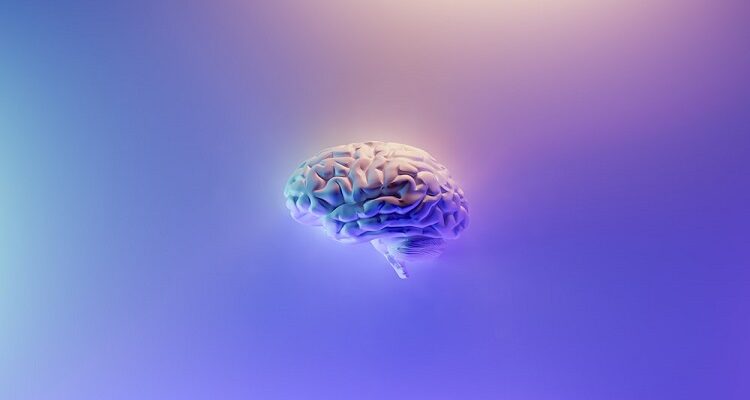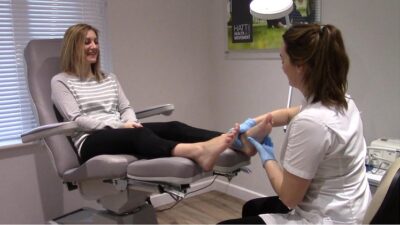The brain and spinal cord are crucial organs in your body performing important roles like controlling how you think and carrying messages to and from the brain to the nerves. Unfortunately, these organs are prone to diseases like sleep disorders, pain, and dementia that can affect your overall wellness. As a result, the demand for neurologists, including Dr. Darryl camp Houston has been increasing to address these concerns. Unfortunately, knowing the problem, you should take it to your neurologist can be complex if you have never had time with the provider. Below are common conditions that neurologists address.
Table of Contents
Sleep Problems
Neurologists can address common neurological complications such as narcolepsy and hypersomnia. These conditions are mainly linked to side effects of medication for treating neurological conditions or the condition itself. However, if you keep snoring at night, a neurologist cannot help you. You should see a neurologist if you frequently fall asleep in relaxing environments or experience a prolonged period of tiredness. If you notice these conditions are common among your family members, you should advise them to see a neurologist.
Headaches
You may sense headaches stretching into your sinuses, down the head, shoulder, and neck muscles. They can result from several conditions, like throbbing toothache and sinus infection. When you have severe headaches like migraines, you might be vomiting and have a headache that comes unexpectedly. If you have severe symptoms, your primary doctor will refer you to a neurologist for comprehensive diagnosis and treatments. Your neurologist can help evaluate your headaches triggers and determine how to mitigate them.
Weakness or Numbness
Sometimes you may experience tingling or numbness in your legs, arms, feet, or hands for several reasons. For instance, it can occur after sitting for too long or when your circulation is blocked due to wearing tight things. Alternatively, your muscles might become weak after a grueling workout or when you have the flu. Usually, short-term weakness and numbness are not dangerous. However, they can be worrisome if they appear unexpected for no reason. They can be early indicators of thyroid disease, neuromuscular disorder, or herniated disc.
Seizures
In most cases, seizures can be unnoticeable or dangerous. The symptoms of seizures range from breathing problems, jerking movement in your legs and arms, or loss of consciousness. Although some seizures can result from low blood sugar or quitting addictive substances, you should see a neurologist for sudden seizures. If you visit your primary doctor, he or she will evaluate the extent of your seizure. If it is worse, the provider can recommend you see a neurologist.
Multiple Sclerosis
Multiple sclerosis is one of the disorders affecting the spinal cord and the brain. With this problem, you may experience changes in your vision, numbness, weakness, and tingling sensations. These symptoms can come and disappear but progress with time. Fortunately, your neurologist can utilize the results of an exam of your brain and spinal cord to make the right diagnosis. Several medications can assist in managing or slowing the progression and attack of multiple sclerosis.
Therefore, several neurological signs and symptoms should motivate you to see a neurologist. You should see the provider immediately after noticing these signs to receive a timely diagnosis and treatment. This process is essential to help to combat the issues before they worsen. Your provider can prescribe several treatments, from medicines to deep brain stimulation. They may also recommend physical therapy after undergoing a brain injury. Thus, if you are experiencing sleep problems, headaches, numbness, seizures, or multiple sclerosis, you should not hesitate to see a neurologist.
















Comments